Specific financial policies for each economic region needed
| Completing restructuring of State owned enterprises before December 15, 2016 | |
| There will be private policies on anti-price shifting in e-commerce | |
| Policies to develop the automotive industry |
 |
| At the Conference |
Special incentive policies issued.
Over the past time, key economic regions have contributed significantly to economic growth and economic restructuring. The proportion of GDP of the key economic regions over the whole country has increased significantly from 51% in 2003 to around 70% of GDP in the period from 2010 to 2015.
The regional economic restructuring in the economic zones is showing clearly the tendency of focusing on the rapid growth for the industry and the service that are the economic sectors creating high increased values. Regional economic development has contributed to the increase of State budget revenues and improved the efficiency of State budget expenditures, also encouraged and attracted businesses, and developed industrial zones. These results have been obtained due to the significant contribution of policies and mechanisms.
According to Dr. Nguyen Viet Loi - Director of the Institute of Financial Strategy and Policy, a lot of financial mechanisms and policies were issued for regional economic development through preferences for regions, locations and objects, that the provinces in the economic regions or the key economic regions meet the criteria and are entitled to those policies.
In particular, about the State budget’s allocation, besides the mechanisms and policies applicable to all localities, there have been some special regulations issued to apply for certain economic regions and there have been financial mechanisms and policies applied for a number of localities in the key economic regions to promote economic growth, and economic restructuring, and boost the development of key sectors that are the developing strength of those regions.
These included the priority policy of the budget’s allocation to the localities in the key economic regions through the principles of criteria establishment and allocation of norms of expenditure for development investment from the State budget, in which localities in the key economic regions are enjoying the incentive coefficient of the budget’s allocation.
In addition, there have been special policies for cities; specific mechanisms for each locality, that focus on the addition levels aimed from the Central budget for local budgets, rewards for revenues; and the supportive policies aimed from the Central budget for investment projects on important social and technical infrastructures of the economic regions; and encouragement policies on development investment for some infrastructures.
"On the basis of general policy, the localities also actively promulgated specific policies to encourage investments in line with the development targets of their provinces and the regions. At the same time, the localities also established collaborative mechanisms to promote investment and construction of policies on capital mobilization to prevent overlaps and obstacles in development process between localities” – Mr. Loi stressed.
However, most of the comments at the conferences showed that, although there have been many financial mechanisms and policies to support the development of the regions, the provinces and enterprises, there have not been specific financial policies for the economic regions in general and the key economic regions in particular. Especially, financial mechanisms and policies are still unreasonable and unspecific or not strong enough to facilitate competitiveness for the economic regions.
The lack of a specific policy system for the economic regions and the lack of a financial policy system for resource mobilization in the form of a regional association to focus on investment of the infrastructure system that connects the localities in the regions and the key economic regions with neighboring regions. Besides, the priority policies on budget allocation for the localities in the economic regions as well as in the key economic regions do not actually become a strong enough financial resource to implement interregional projects, and reduce the budget initiative nature of the localities in the regions.
Capital for regional economic development needed.
In order to facilitate regional economic development, Associate professor. Dang Van Thanh – Chairman of the Vietnam Accounting and Auditing Association said that: there needs to be established a Steering Committee on regional development with the tasks of combining, guiding, operating, supporting and monitoring the implementation of regional development plans under the direction of the Prime Minister.
Together with that is establishing regional development funds as credit investment development institutions with legal standing and independent economic accounting under the agreement and supervision on policy and mechanism aspect of the Ministry of Finance and the State Treasury.
In another aspect, Associate Professor Thai Ba Can stated: One of the solutions is building policies on capital mobilization for regional development. Accordingly, on the basis of regional development plans for each period of the five year plan, which clarifies the investment projects managed and invested by the Central authority in vertical sectors in the provinces in the economic regions and clarifies projects managed by localities in the provinces.
Based on the list of investment projects which were classified and diverged in investment in accordance with each period of the five year plan to choose the planned investment projects which are invested by the capital resources such as: the State budget, State’s preferential loans and bank credits and also making a list of planned investment projects to call for investment from other capital sources inside and outside the country, under an incentive mechanism to attract investment through policies on tax, credit and land rental fees.
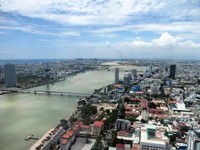 | Developing a key economic region in central Vietnam Leaders of Thua Thien Hue Quang Nam Quang Ngai Binh Dinh province and Da Nang city have ... |
All the comments at the conference will be suggestions for the Institute of Financial Strategy and Policy to consult and summarize to advise the leaders of the Ministry of Finance to submit to the Government to create an overall financial solution for regional economic development in the coming period.
Related News
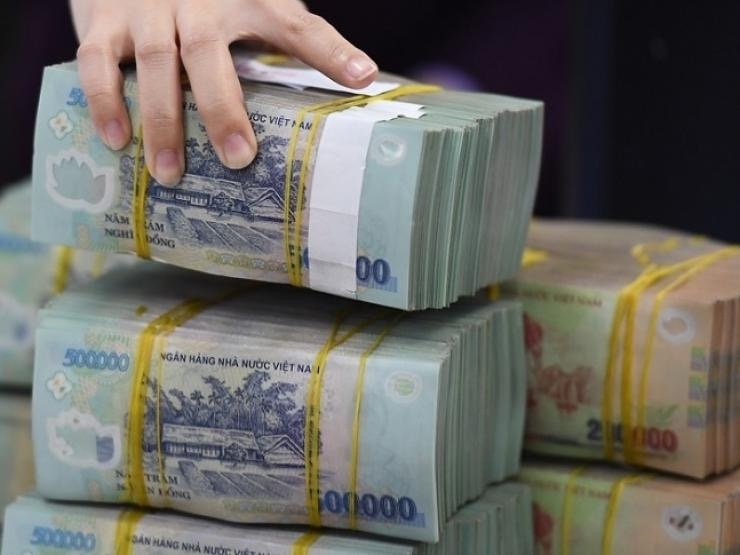
The Tax sector’s revenue collection reached 33% of current appropriation
10:50 | 15/04/2024 Finance

Promote the implementation of audit recommendations to prevent violations in public financial management
10:03 | 08/04/2024 Finance
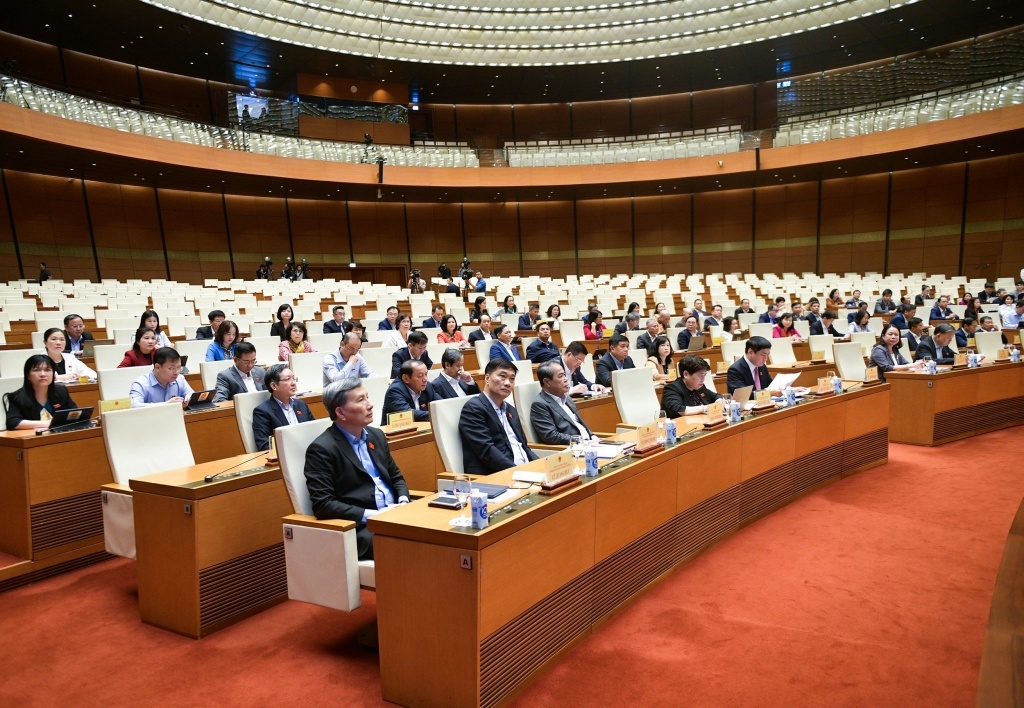
Revenue from casino contributes about VND9,000 billion to the State budget
09:54 | 20/03/2024 Finance
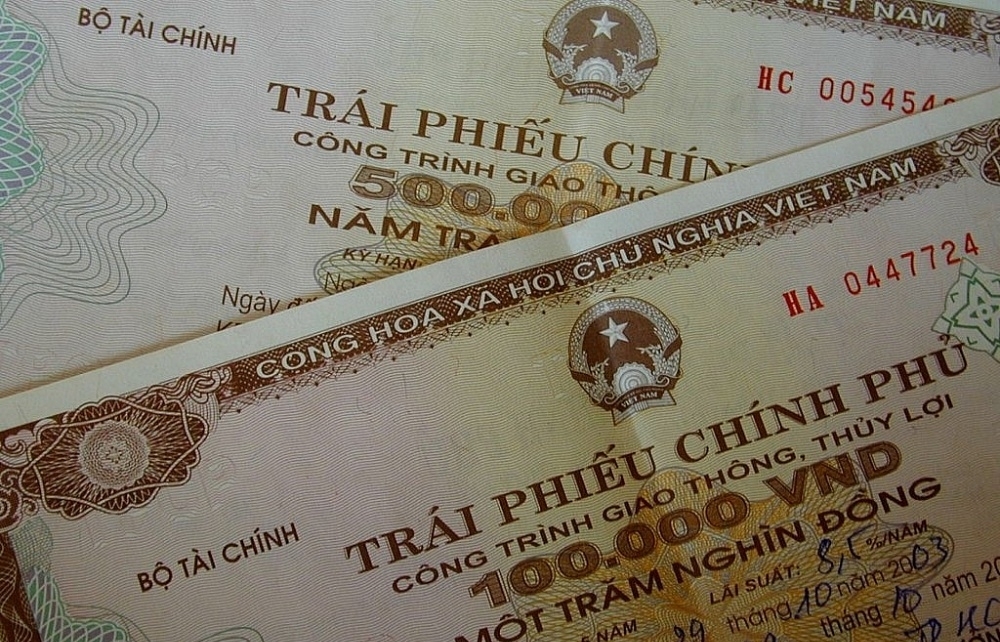
Plan of bidding VND400,000 billion of government bonds with term 2024
10:16 | 07/03/2024 Finance
Latest News

Strictly monitor market fluctuations to appropriately adjust prices
14:46 | 27/04/2024 Finance
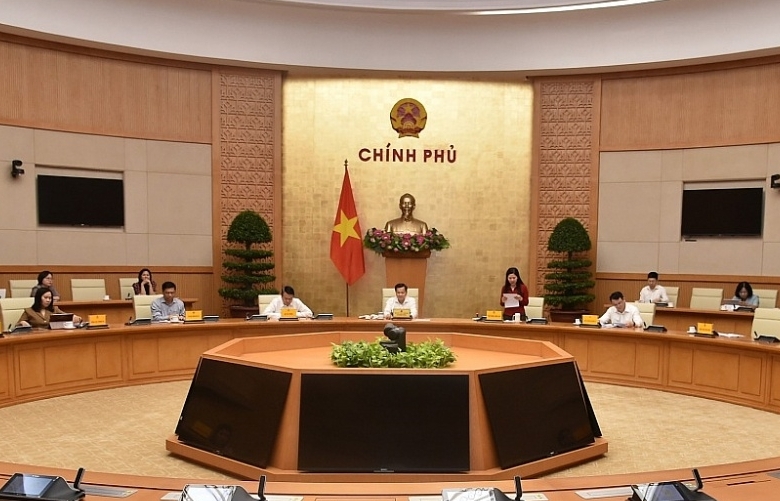
Closely monitoring market fluctuations to consider appropriate time to adjust prices
09:30 | 26/04/2024 Finance

How does the Land Development Fund work effectively?
09:19 | 26/04/2024 Finance
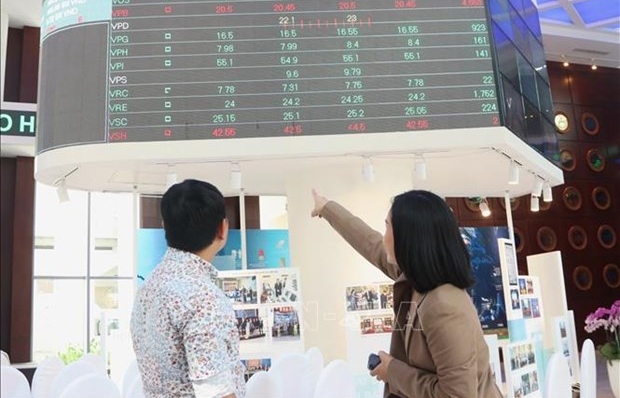
Vietnam seeks to remove obstacles in upgrade of securities market
13:50 | 25/04/2024 Finance
More News

Price stability from supply increase and transparency in trading in gold market
09:42 | 25/04/2024 Finance

SBV takes more actions to stabilise foreign exchange rates
13:43 | 24/04/2024 Finance
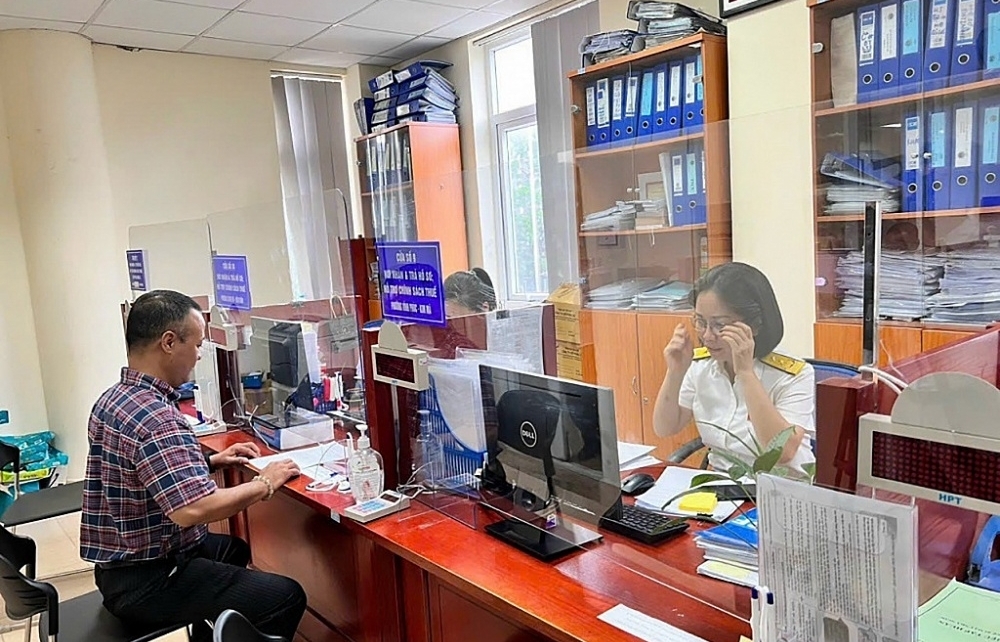
Proposal to exclude criminal liability for tax officials when businesses provide false information to refund VAT
10:35 | 24/04/2024 Finance

Corporate bond maturity in 2024 remains high: MoF
13:51 | 23/04/2024 Finance

Support clearance procedures for imported gold for bidding
09:33 | 23/04/2024 Finance
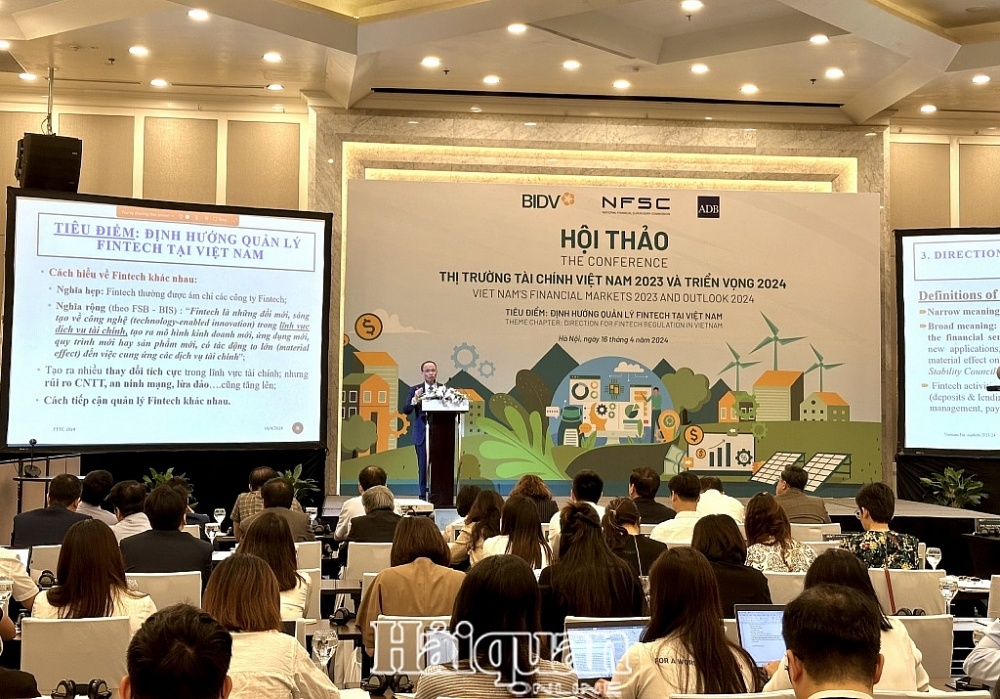
The exchange rate will gradually cool down from the end of the second quarter of 2024, while interest rates will remain low
09:32 | 23/04/2024 Finance
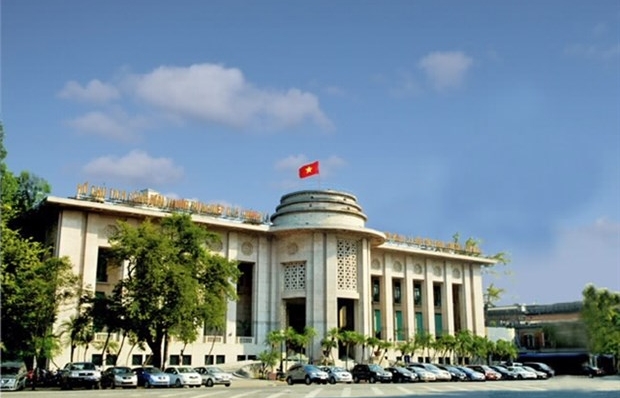
Majority of credit institutions forecast profit growth in 2024
15:16 | 22/04/2024 Finance

Central bank plans to auction gold bars on April 22
18:00 | 21/04/2024 Finance
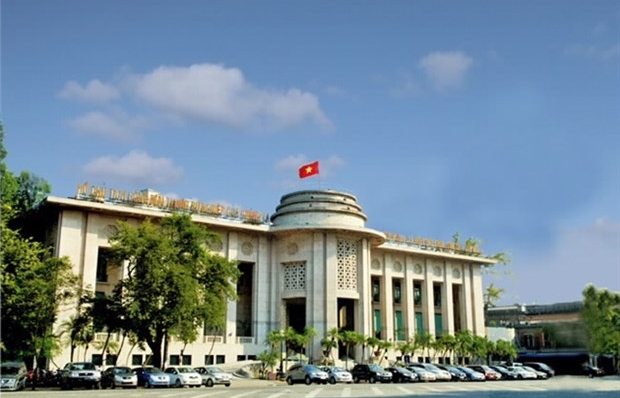
Old loans must endure higher interest rates temporarily: central bank
15:44 | 19/04/2024 Finance
Your care
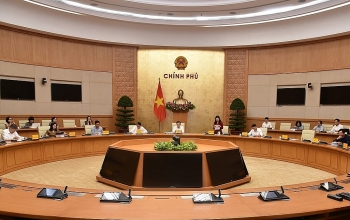
Strictly monitor market fluctuations to appropriately adjust prices
14:46 | 27/04/2024 Finance

Closely monitoring market fluctuations to consider appropriate time to adjust prices
09:30 | 26/04/2024 Finance

How does the Land Development Fund work effectively?
09:19 | 26/04/2024 Finance

Vietnam seeks to remove obstacles in upgrade of securities market
13:50 | 25/04/2024 Finance

Price stability from supply increase and transparency in trading in gold market
09:42 | 25/04/2024 Finance
